As Tadej Pogačar goes, so goes the world: crank length explained, tested and redefined
If leverage won bike races, we'd all be riding 400mm cranks—debunking myths and optimizing crank arm length for peak performance.
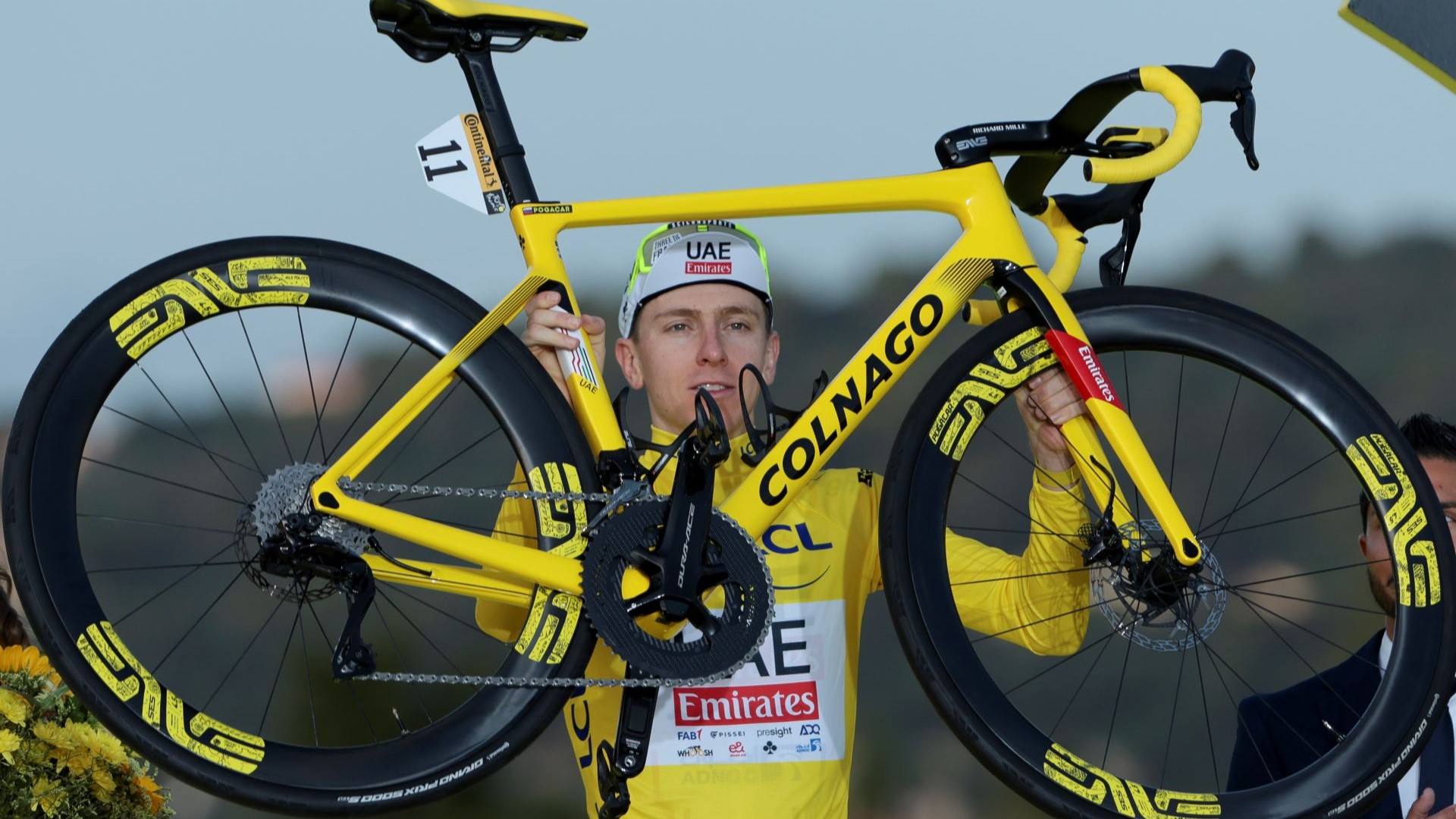

Tadej Pogačar is currently the best male rider in the world, so it’s no surprise that people pay attention to the bike he rides. If he’s able to win the Giro d’Italia, Tour de France and World Championships in a single season, surely he’s got something figured out?
It turns out he does: Pogačar has a new, even more powerful position on the bike as of last season. When he first joined the World Tour, his position was that of a typical pro—slammed stems paired with a setback seatpost. In recent seasons, he has moved forward on the bike, utilizing a straight seatpost with a more forward saddle position and a longer and higher front end. This position, very likely developed with the help of a wind tunnel, rotates his body forward around the bottom bracket and shares similarities with his TT setup. One key to it is Pogačar’s use of shorter crank arms—165 mm, to be precise.
Pogačar isn’t the only one making this change. Shorter cranks are very much in vogue. But crank length has been an overlooked aspect of bike fitting for a long time, and a reexamination of conventional wisdom seems warranted. Production bikes are available for riders from under 155 cm (5 feet) up to around 200 cm (6.5 feet) tall, but crank arms are available only in an extremely small range. Does it really make much sense to put short people and tall people on crank arms that are only a centimetre different in length?
Why use shorter cranks?
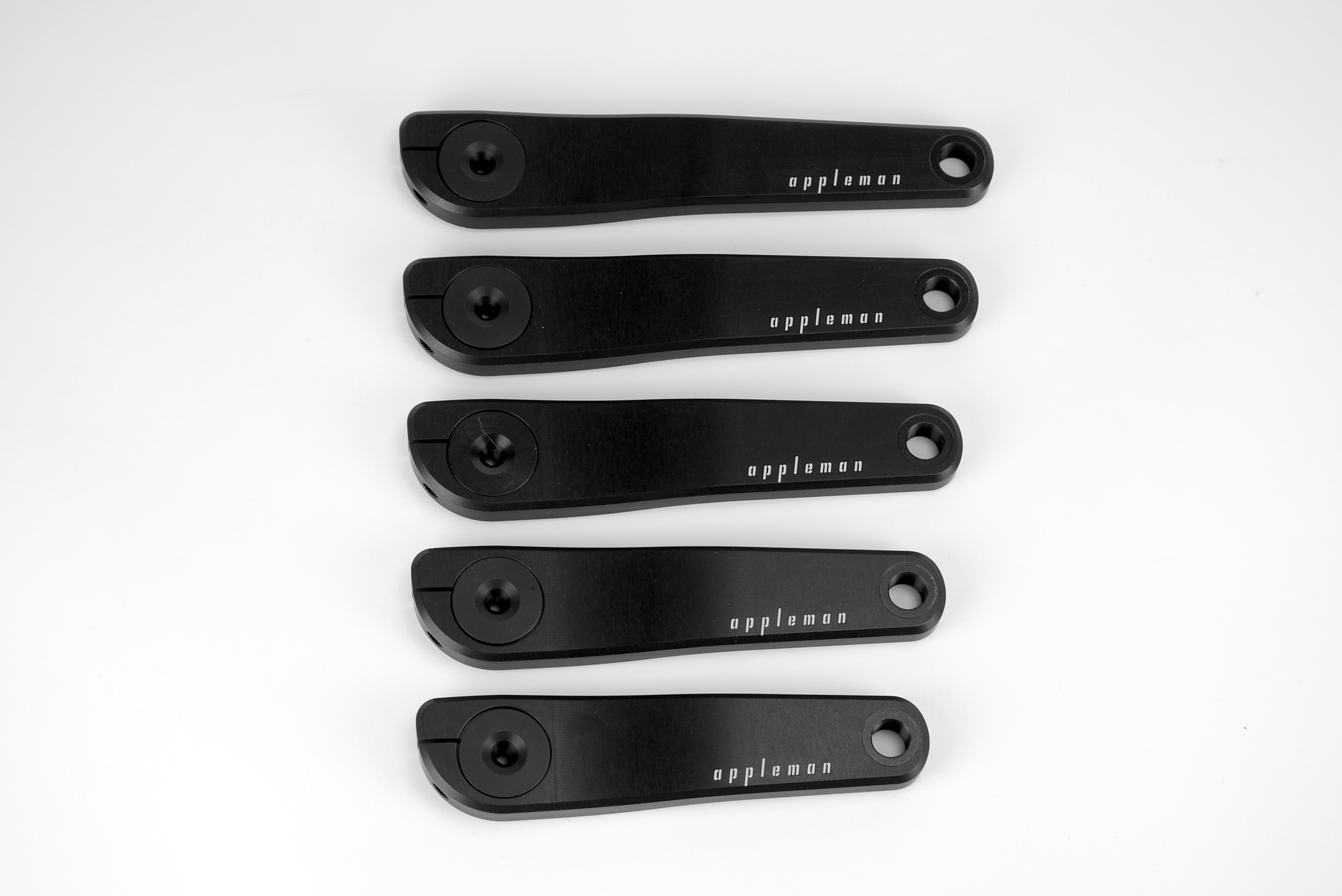
It’s a gross understatement to say that crank length has an impact on bike fit. Crank length might be the most important aspect of bike fit, since it affects everything else in such a drastic way. With that said, most people can ride a range of crank arm sizes without issue. The science also says that different-length crank arms do not significantly impact power output.
However, longer cranks require larger diameter rotations, which means that hip and knee angles are sharper throughout the pedal stroke. This is often a source of pain or discomfort. Large pedal circles can also cause pelvic rocking, especially if hip mobility is an issue. This can create saddle sores or lower back pain.
Shorter cranks, on the other hand, help alleviate these problems by keeping the movement smaller and more comfortably within the range of motion for more people. A more open hip angle makes holding an aerodynamic position easier and keeps your thighs from hitting your torso while in an aggressive stance on the bike.
Another significant benefit of shorter cranks is pedal clearance. Criterium and track racers have known this secret for a while, but short cranks allow you to pedal through corners, a huge advantage while racing.
The latest race content, interviews, features, reviews and expert buying guides, direct to your inbox!
To find your optimal crank length, read our guide here.
Checking in with an expert
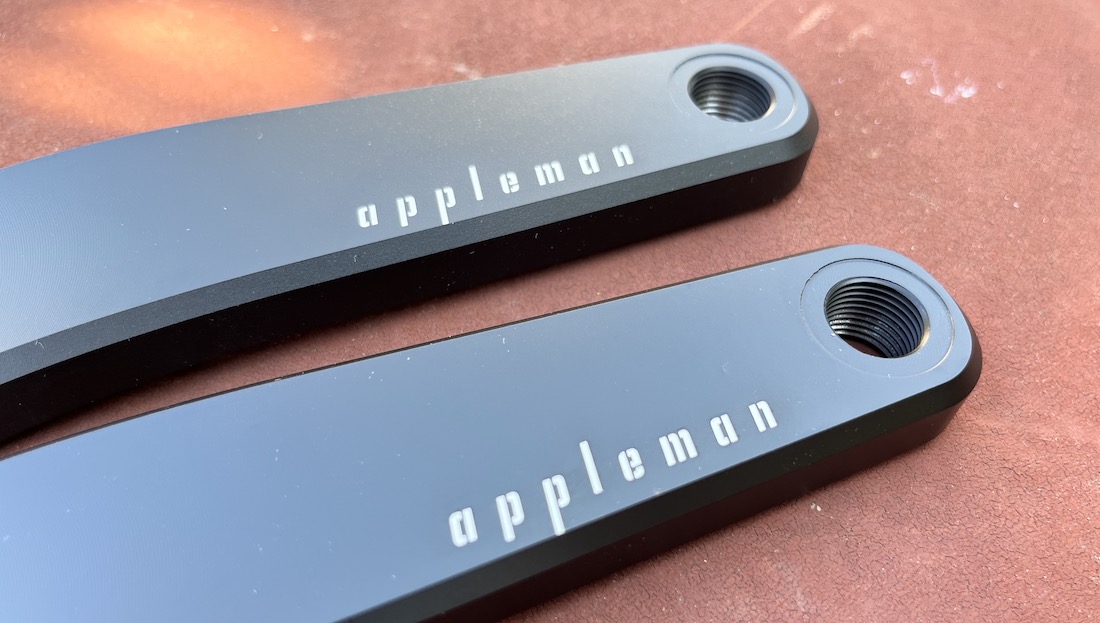
Cycling Weekly spoke with frame builder Matt Appleman, of Minnesota about all things crank length. Appleman has been a proponent of short cranks since first experimenting with them back in 2014. He has become a go-to resource within the industry on this topic and also produces his own line of cranksets, ranging in lengths from 135 mm up to 175 mm.
(The conversation has been edited for length and clarity)
Cycling Weekly: To what do you attribute changing perceptions on crank length?
Matt Appleman: Availability and compatibility of shorter cranks was pretty limited [until] a few years ago. The combination of bike fitters preaching the benefits of shorter cranks, the media paying attention to it and the availability of shorter cranks [have] all helped shine the spotlight on crank length.
CW: Are there any unexpected effects of switching to shorter crank arms?
MA: One surprising thing I hear from customers is how natural shorter cranks feel when switching between bikes. Riders go on a few rides with the shorter cranks and they like them, but they're a bit ho-hum about it. Then they ride a bike with longer cranks and feel terrible. They can't get over the top of the pedal stroke, or it feels difficult to stand and pedal and [creates] a general sense of "not feeling right."
CW: What size crank arms do you think most people should use?
MA: I think that 170-175 are great crank lengths, but for the taller end of the rider spectrum. 155 mm is about average and would fit the most people and 135-145 [is about right] for those on the shorter side.
CW: Have you found the lower limit in terms of length?
MA: I never recommend going short just for the sake of going short, [but] going too long is a lot more of a hard limit than going too short. If you're on too long of a crank, you lose hip stability which is the very core of a strong pedal stroke. With a shorter crank, your body stays within its reach and flexibility limits and your core stays stable.
Once you get to extremely short cranks (less than 100 mm or so) they become a bit less practical and you may start losing some speed. It's important to note that speed and power come from the rider, from within, not from crank length. If leverage won bike races, we'd all be on 400 mm cranks.
CW: Do you think bicycle design will change as shorter crank arms unlock unexplored possibilities?
I hope so! There's a whole world of better bike fit and bike handling that's possible when you design around crank length. A large-sized frame with 170 mm cranks [provides] a pretty good fit. Anything smaller can benefit from a total revamp of crank length and geometry: lowering the bottom bracket, shortening the top tube, and slackening the seat tube angle, which are all things that will benefit most riders.
CW: Do you think there are other aspects of bicycle design that are ripe for reevaluation?
MA: Cycling is a very traditional sport. The industry gets weighed down by history and aesthetics and doesn't always have the interests of the rider in mind. [For example] the cycling world glorifies pain. I think it's an important distinction that not all pain and suffering on the bike is good or healthy. Chosen pain, like going hard, pushing your limits is great, if you're into that. Saddle sores, numbness in the hands or nether regions, foot pain, that's not normal. It's not healthy.
CW: Finally, what do you think about Pogačar using shorter crank arms?
MA: 165s may be a hair long for him. It's great to see crank length in the news and how performance doesn't decrease with less leverage.
And now for the testing portion
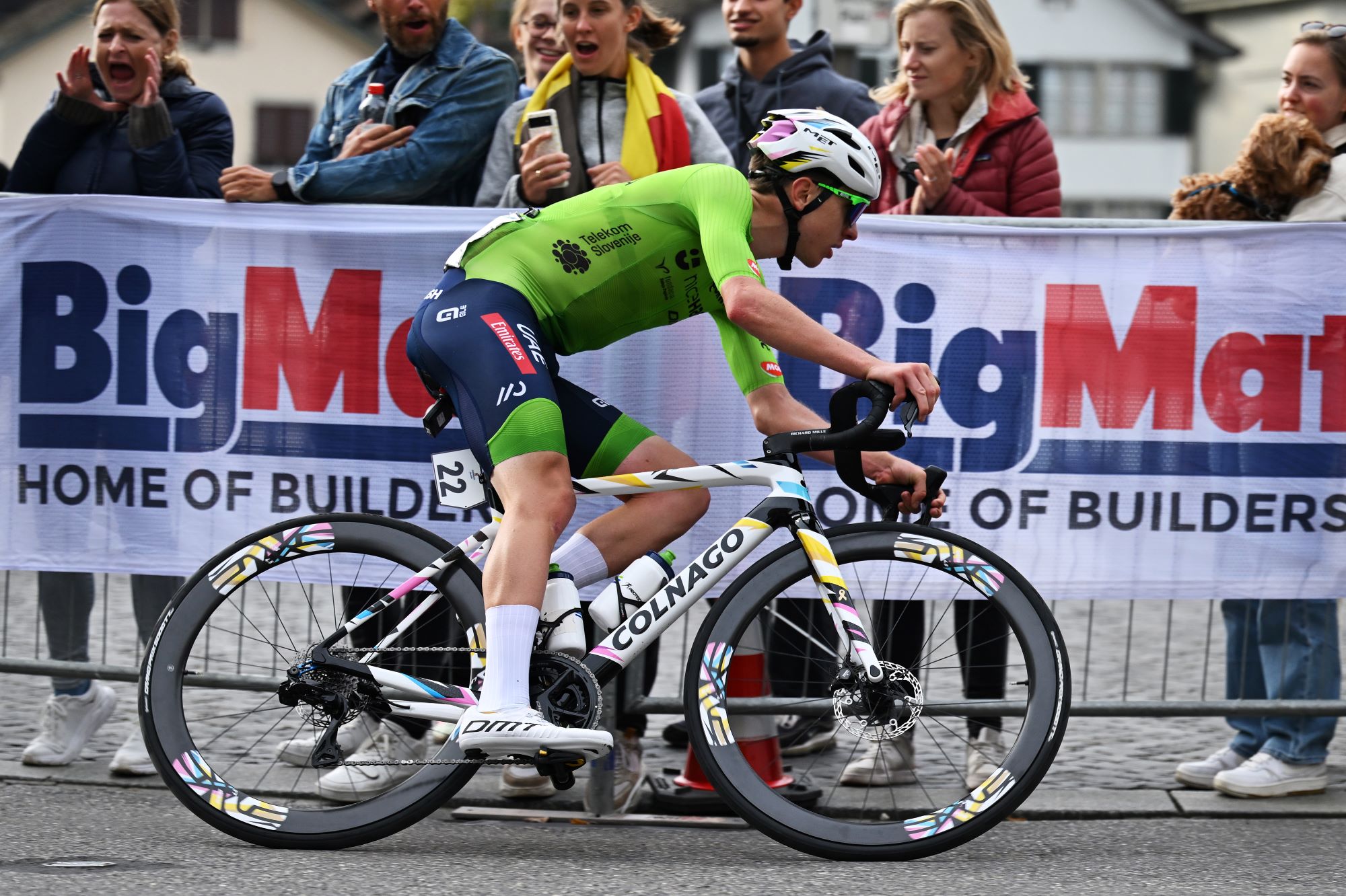
Like every other cyclist, I want to know what Tadej feels when he turns the pedals. So, I set about trying to find 165 mm crank arms like his. However, I typically ride 170 mm cranks, per the recommendation of a bike fitter several years ago, which are already on the shorter side for someone my height (182 cm).
It turns out that 165 mm crank arms aren’t very easy to find right now. My contact at Shimano didn’t expect to have any available until late February, and commented on how unusually popular they are at the moment. Eventually, I was able to track down some used crank arms and swapped them onto my bike. To compensate for the length difference, I raised my saddle 5 mm and moved it forward slightly. For a more permanent swap, I might also consider adjusting my handlebar height and possibly cleat position as well.
My initial impressions were muted, as Appleman predicted: short cranks feel good, but not revolutionary (pun intended). They encouraged a high cadence and felt comfortable. Much to my disappointment, I did not immediately become a threat to win the Tour de France (my power meter independently confirmed this).
I expected to miss the leverage on the steepest hills I ride—there are several on my usual training loop in excess of 12 per cent—but found that while leverage was indeed lacking, the increase in leg speed created by the smaller pedalling rotation more than compensated for it. In fact, I found that it was easier to get up steep pitches with shorter crank arms.
The real test was switching back to my usual 170s. In order to do this with the minimum amount of noise, I did back-to-back rides on similar routes with different crank lengths. Sure enough, switching back made me feel like a newborn giraffe: ungainly and a little discombobulated. It seemed to take an undue amount of effort to complete a full rotation of the pedals. By the end of my loop, I had readjusted once again, but I missed the feeling of effortless acceleration provided by the shorter crank arms. Switching back and forth on subsequent rides confirmed these impressions. Will I make the switch permanently? We’ll see.
Conclusion
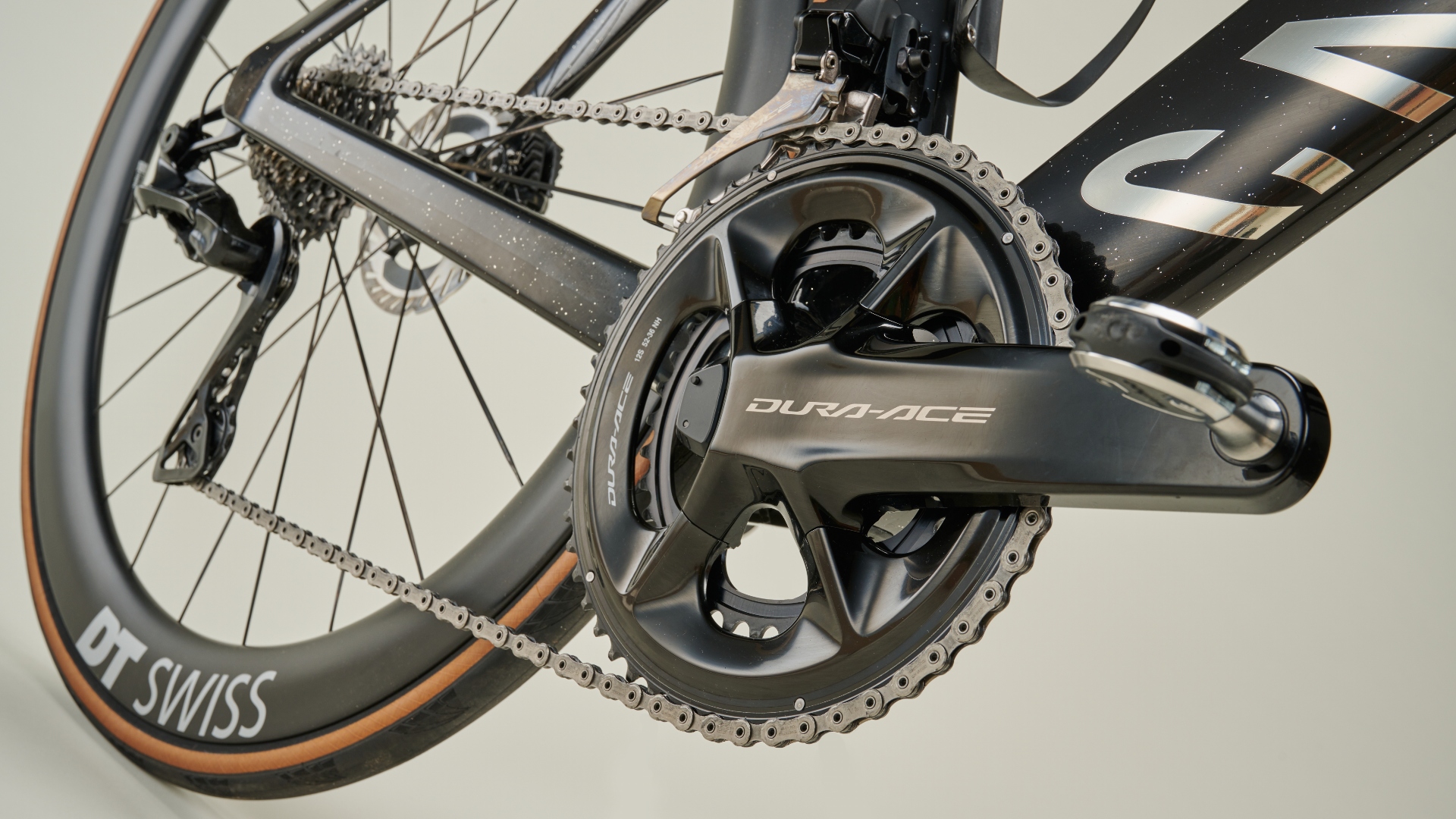
Though short crank arms might seem like a fad, they’re here to stay. For whatever reason, cycling seems to have a preponderance of traditions that have persisted, despite being detrimental to performance. It takes experimentation, courage, and hard science to find new ways forward, but as we’ve learned, tackling old ways of thinking can create more comfort and more speed.
The benefits of short crank arms are plentiful. They’re not for everyone—the tallest among us are well served by traditional crank lengths, but for average height and shorter riders, shorter cranks can unlock new possibilities on the bike.
Pogačar is not the only pro making the switch to shorter cranks. It seems to be part of a larger picture of evolving bike fits. In an effort partially influenced by aerodynamics, riders are seeking more compact positions on the bike, and short crank arms are an integral part of this evolution.
Like Tadej, I’m a fan of short cranks. Are short cranks right for you?
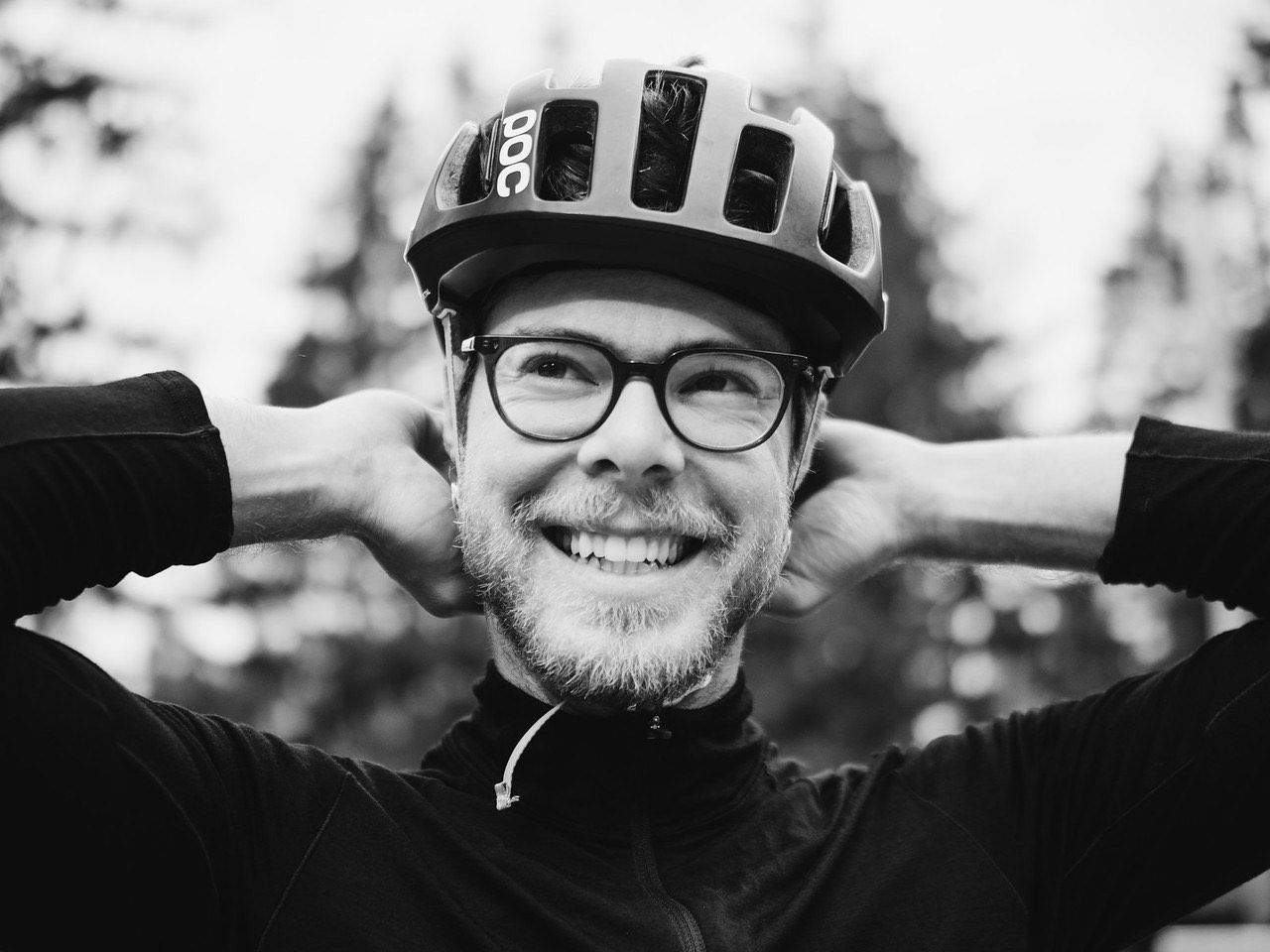
Tyler Boucher is a former (and occasionally still) bike racer across several disciplines. These days, he spends most of his time in the saddle piloting his children around in a cargo bike. His writing has appeared in magazines published in Europe, the UK and North America. He lives in Seattle, Washington.
You must confirm your public display name before commenting
Please logout and then login again, you will then be prompted to enter your display name.